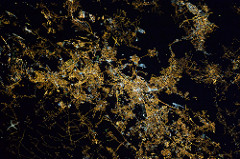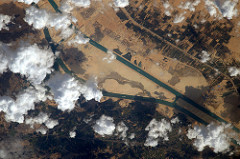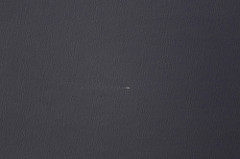City at night, but where?
vendredi 17 février 2017 à 19:56Thomas Pesquet posted a photo:
I need your help to identify this city at night. We were flying roughly from Paris to Warsaw when this picture was taken...
J’ai besoin de votre aide pour identifier cette ville la nuit, photographiée pendant un survol de l’Europe sur une ligne Paris-Varsovie…
Credits: ESA/NASA
133C9507




